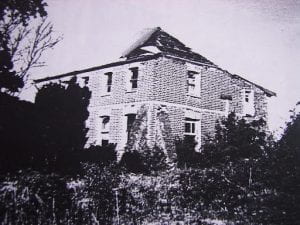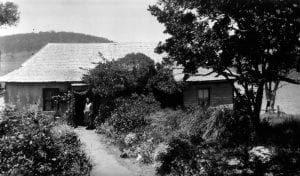Thanks to Peta Kelly for writing this post for the A-Z challenge.
Blue links will take you to the digitized images of the marriages. These are from Libraries Tasmania website.

Some of the first marriage ceremonies performed by Reverend Robert Knopwood at the Derwent settlement were between couples who settled in the Pittwater area. Thousands of descendants bearing their names still live in south-eastern Tasmania.
As they do now, the bride and groom signed the marriage register, but with much of the population at the time being illiterate, most ‘signed’ with their mark, an X.
On 27 June 1808 John Duncombe married Elizabeth Hambley, the bride signing with a cross. On 1 August 1809 Robert Carter married Elizabeth Bellet. Elizabeth made her mark and the marriage was witnessed by first-fleeter, Jacob Bellett, the bride’s father. Two months later Susannah Bellett signed with a cross to her marriage to John Birchall.
Jane Moulton signed with a cross at her marriage to William Hambley, as did Elizabeth Nash at her marriage to Bartholomew Reardon and Thomas Pennington to Susannah Wiggins. The family fortunes improved for Elizabeth Nash’s three younger sisters as they all received some education and were able to write their names when they married.
More grooms than brides could sign their names. Charles Routley, later to become a notorious serial killer, signed for himself, but his bride, the unfortunate Elizabeth Barnes, marked a cross. James Garth signed, and his bride Mary Billet (Bellette) made her mark. Alex Laing, a well-known District Constable, signed and his bride, Esther Robertson made her mark.

